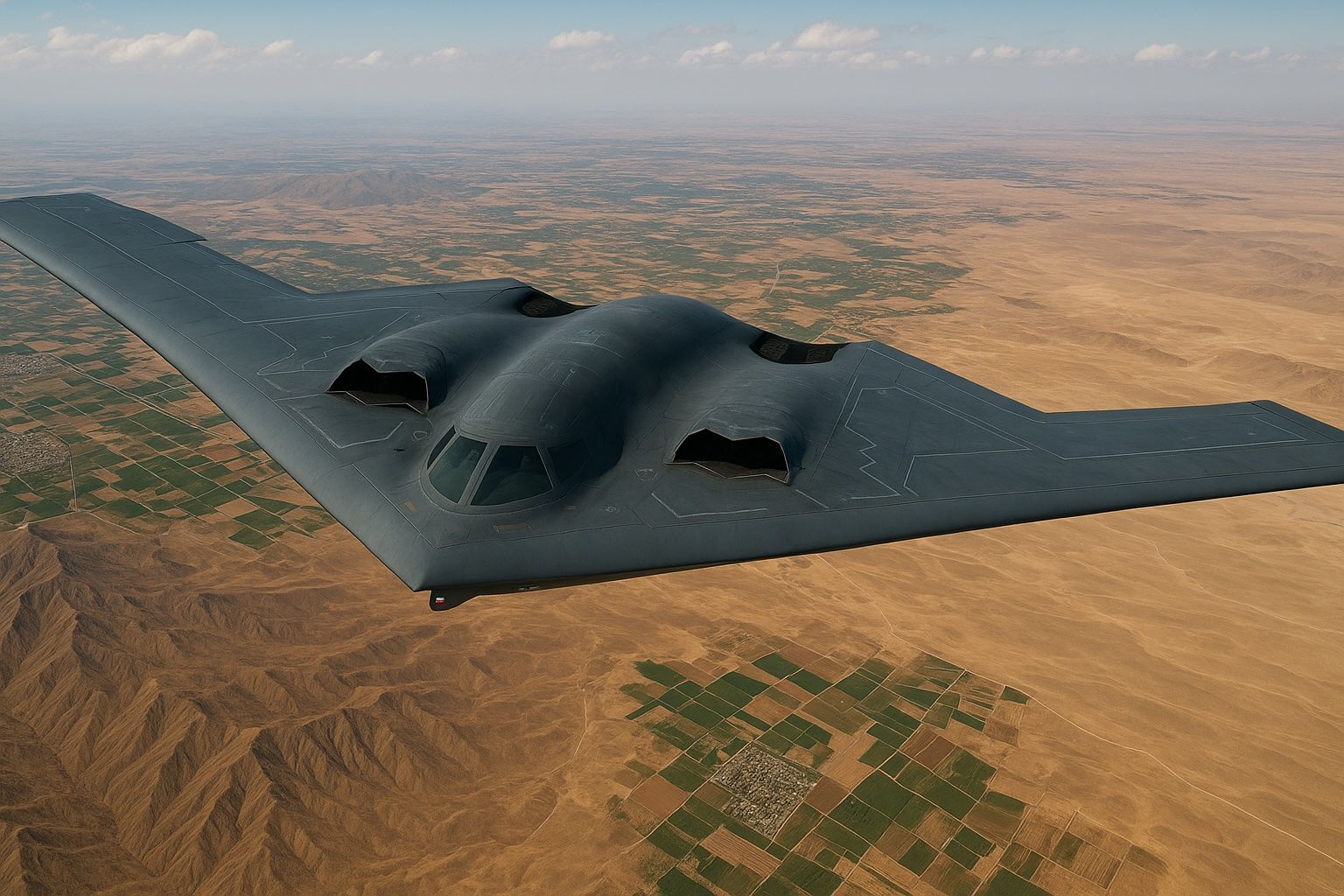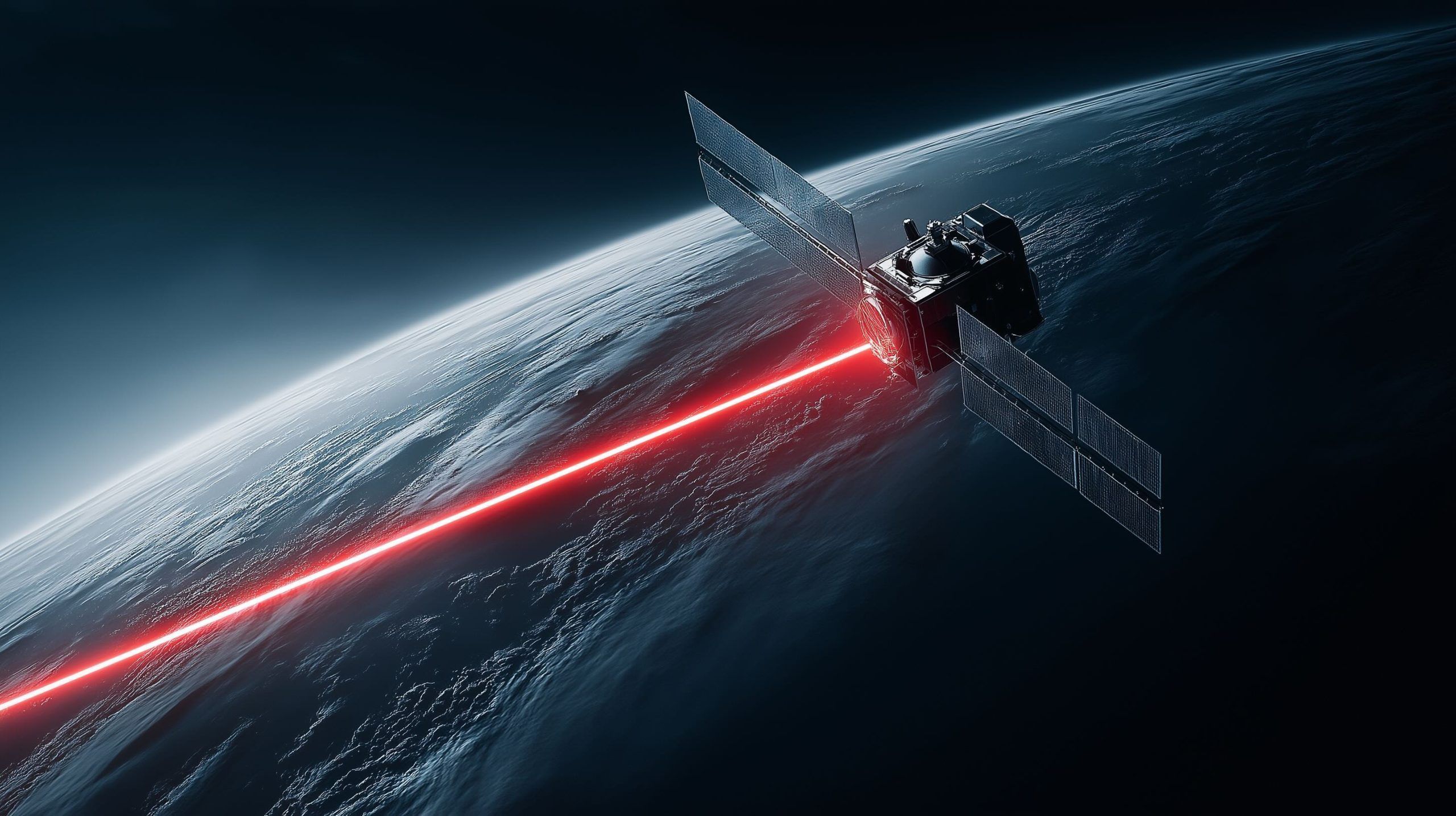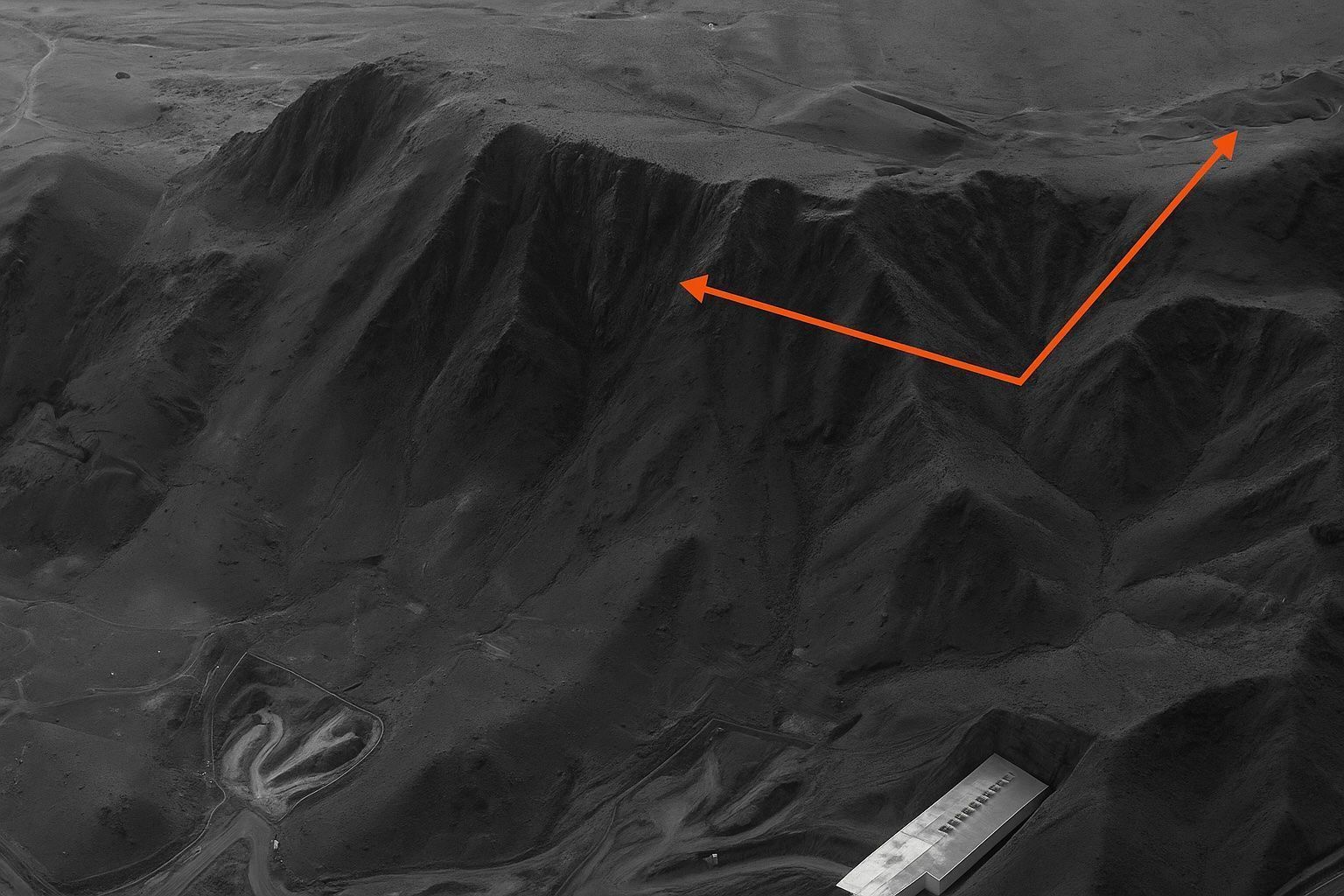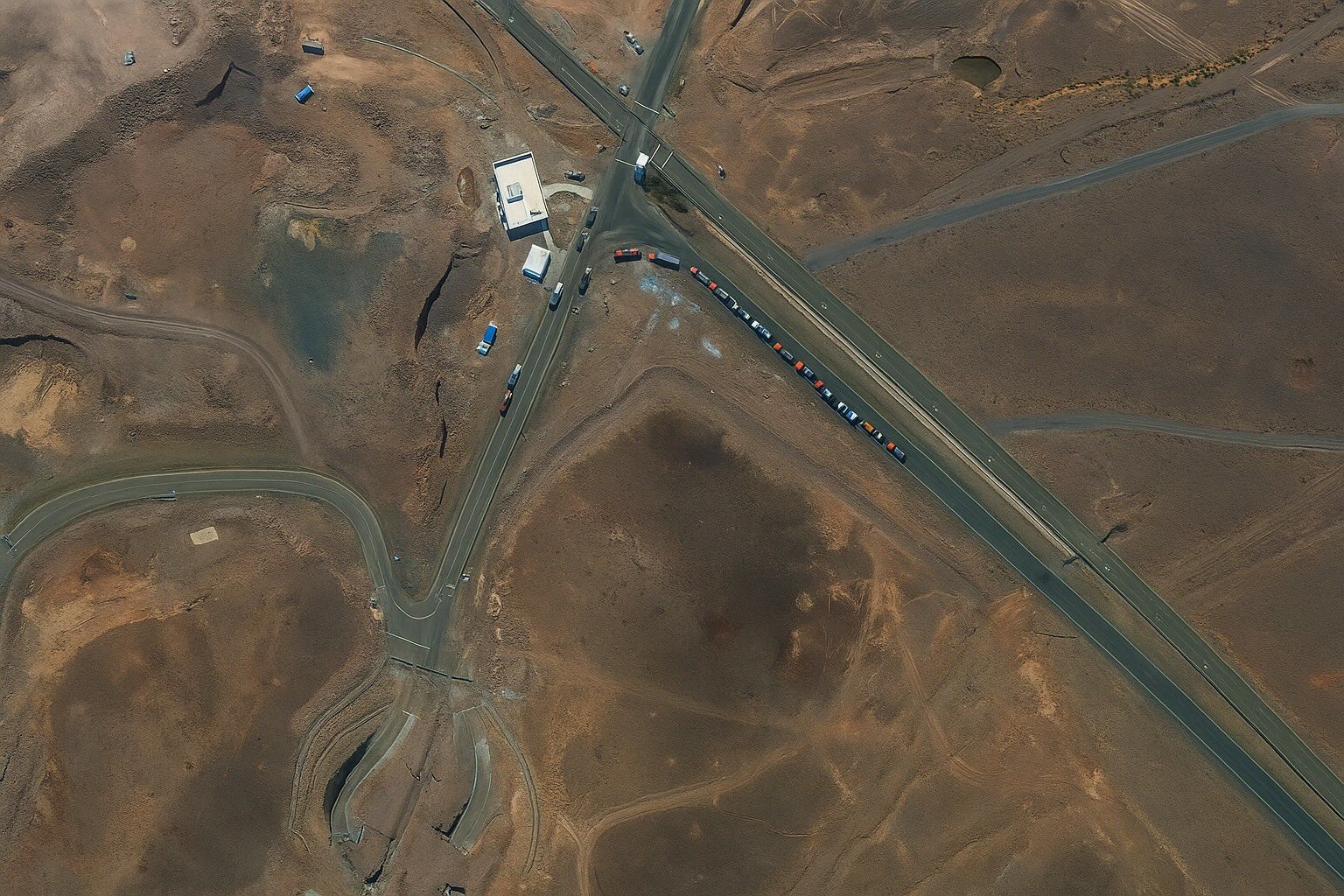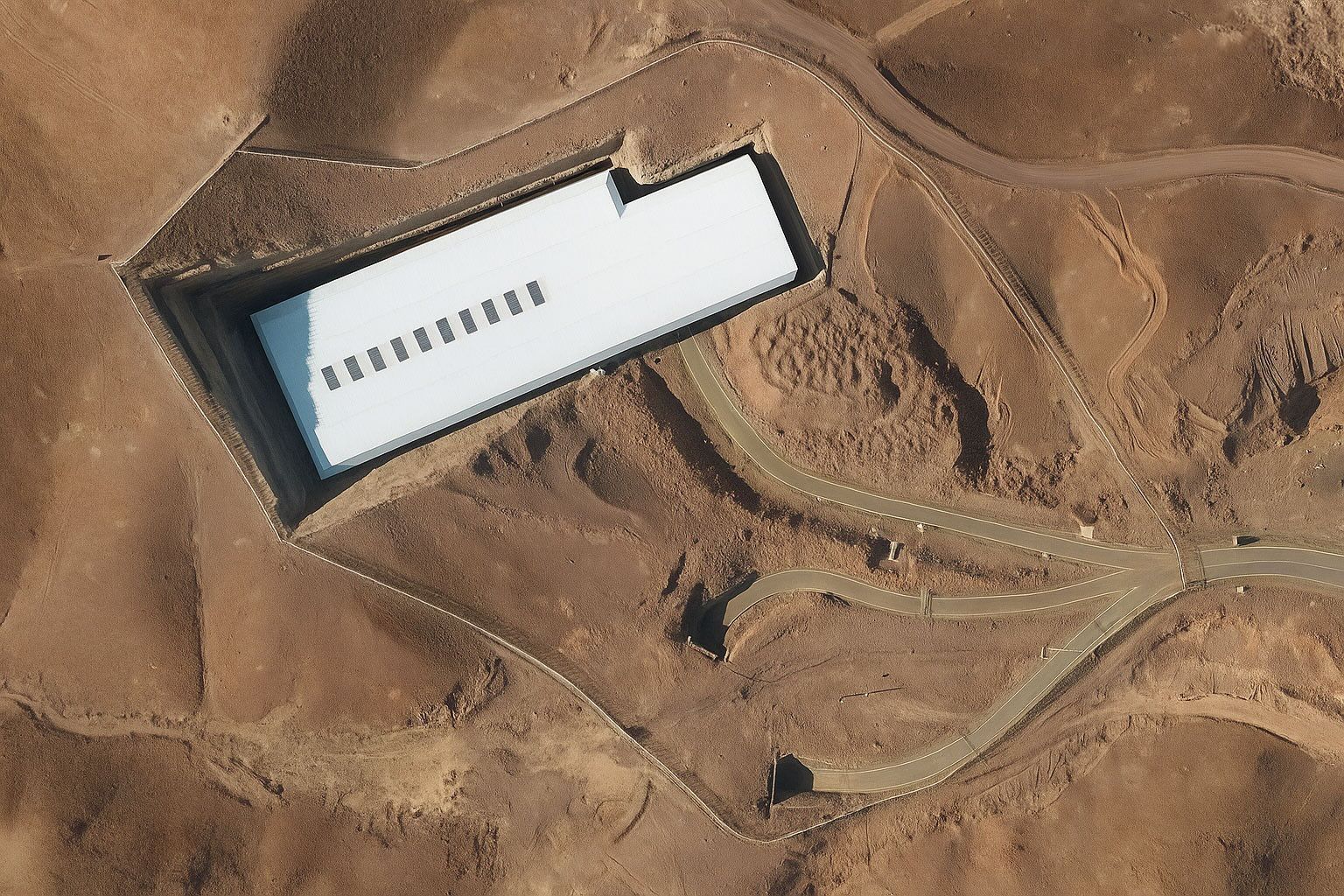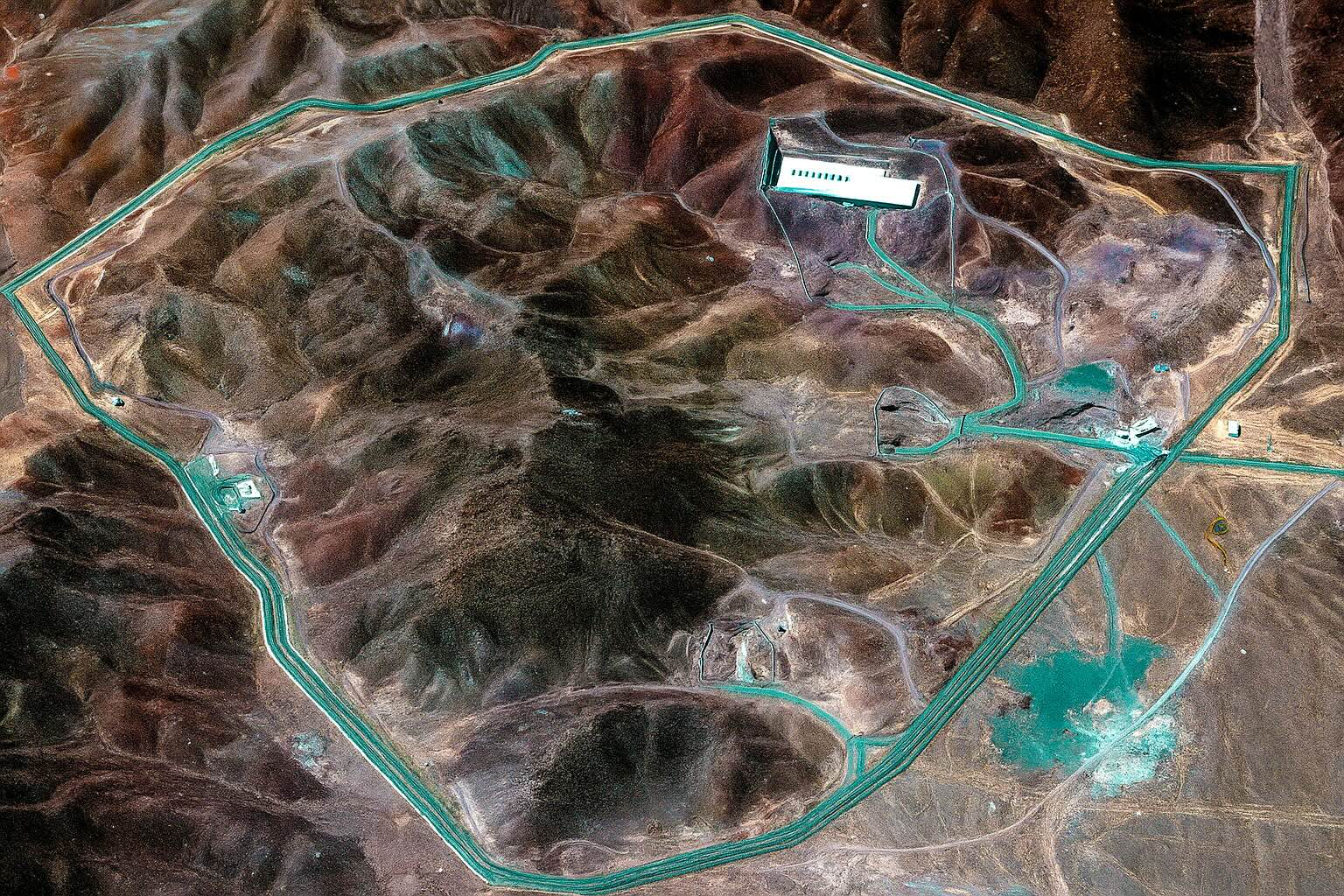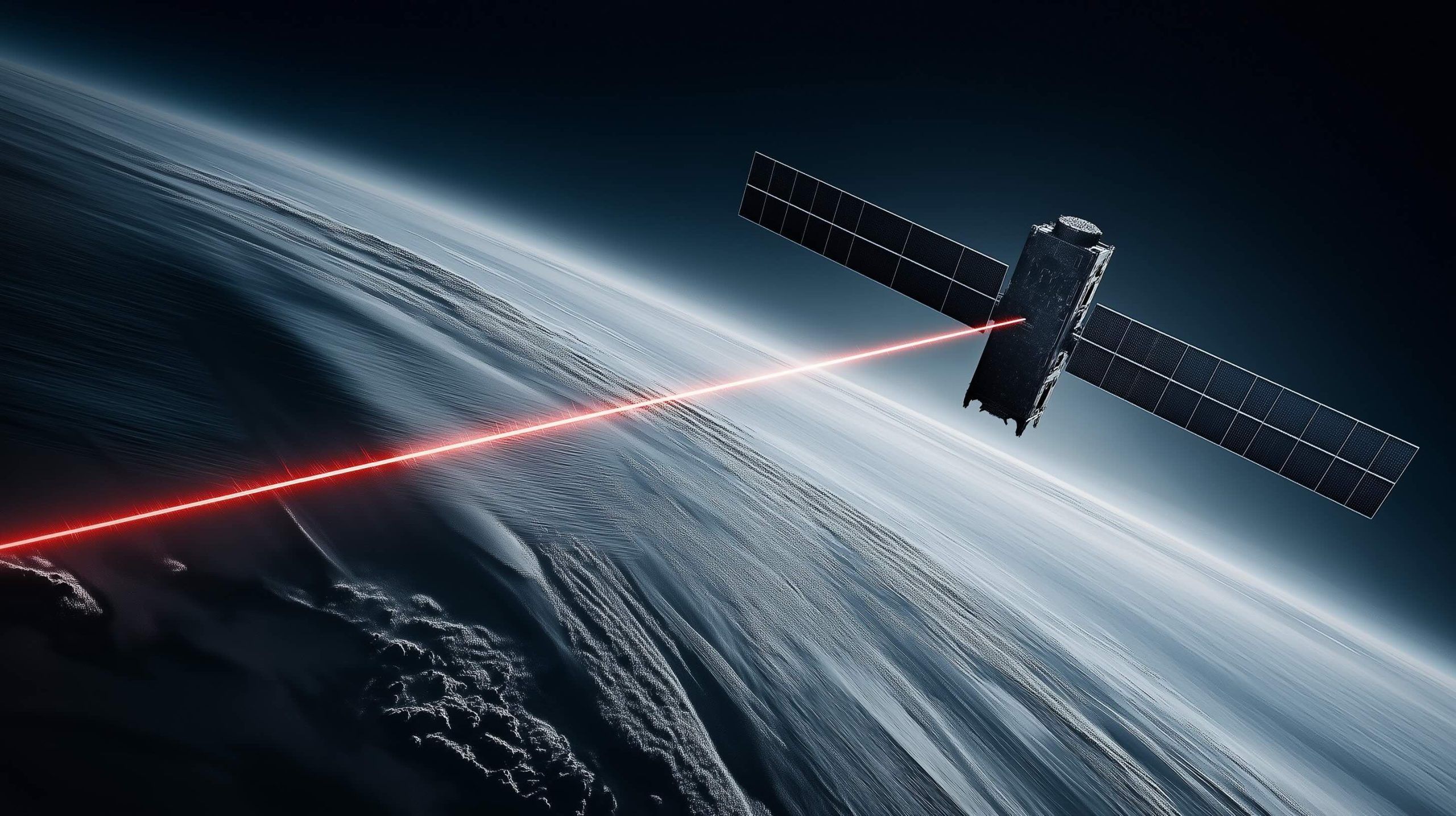
China’s “Night‑Light” Laser vs. Starlink: What a 2‑Watt Beam Really Means for the Coming Orbital Arms Race
In June 2025, a Chinese team led by Prof. Wu Jian of Peking University of Posts & Telecommunications and Dr. Liu Chao of the Chinese Academy of Sciences down-linked 1 Gbps from a GEO satellite 36,000 km away using a 2 W infrared laser. The coverage framed the feat as pulverizing Starlink, but there is no evidence of destructive action; the achievement is a bandwidth demonstration. The key innovation is AO‑MDR synergy, combining adaptive optics with mode-diversity reception to correct atmospheric distortion. Adaptive optics reshape the wavefront with hundreds of deformable-mirror actuators, while MDR routes the beam through multiple spatial

